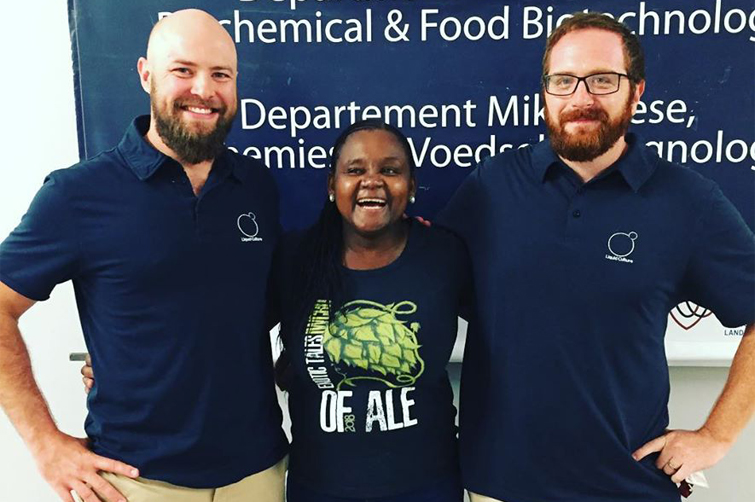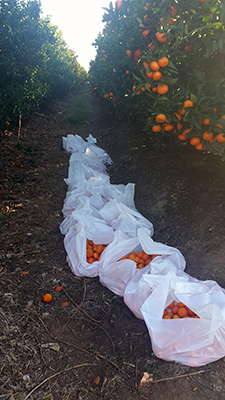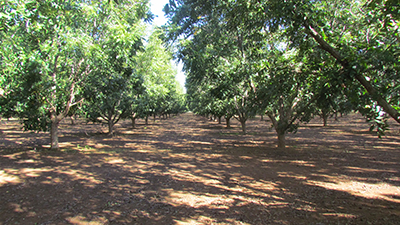Latest News Archive
Please select Category, Year, and then Month to display items
27 December 2019
|
Story Dr Cindé Greyling
|
Photo Supplied

KovsieInnovation at the UFS is bridging the gap between industry and academics with a powerful force. For too long, research remained an academic pursuit, with many innovative ideas stuck between the pages of a thesis – only to come alive during exclusive, short-lived conference proceeds.
KovsieInnovation
Recently, Gerard Verhoef, Director in the Directorate: Research Development (DRD), and his team from KovsieInnovation finalised their Innovation and Commercialisation Strategy in order to create a structured pathway for good ideas. The primary objective of KovsieInnovation – the UFS Innovation and Entrepreneurship Office – is to achieve sustainable growth in third-stream income from innovative research activities stemming from the UFS. “Potential successful ideas must be feasible, viable, and sustainable, and we formulated an eight-step plan to facilitate this,” Verhoef explains. Ultimately, the DRD wants to attract new and continuous research as a renowned academic knowledge partner that can foster, drive, and successfully commercialise innovative research activities; and in doing so, foster an entrepreneurial culture at the UFS.
Liquid Culture
One such success story is the development of Liquid Culture into a business of choice, supplying liquid yeast to breweries and bakeries. Christopher Rothmann and Dr Errol Cason are the driving forces behind this company that produces their sought-after and stable yeast product in the Department of Microbiology, Biochemistry and Food Biotechnology at the UFS. With world-class equipment and laboratories, they house one of the largest yeast-culture collections in the world.
Both Rothman and Dr Cason were home brewers for many years before starting to produce commercial batches. They believe it would not have been possible without the help of KovsieInnovation. This project was also one of the finalists in the National Entrepreneurship Intervarsity.
Christo Strydom Nutrition (CSN)
Another innovative way in which the UFS generates third-stream income via the DRD, is by partnering with already successful commercial products. One such example is the recent successful royalty agreement with CSN. With this transaction, the university unlocked its brand potential to the benefit of both the industry partner and the UFS. Quality assurance remains the key success factor for deals like this.
Plant eco-physiologist finds effective solutions for crop optimisation
2016-07-24

The bio-stimulant was tested on
this citrus. This is the first time
that the product has been tested
on a crop.
In a time characterised by society facing increasing population growth, food crises, and extreme climatic conditions such as drought, it is essential for farmers to integrate science with their work practices in order to optimise crops.
Role of photosynthesis and plant sap data
By knowing how to use photosynthesis and plant sap data for determining plant health, fast and effective solutions could be established for the optimisation of crops. This technique, which could help farmers utilise every bit of usable land effectively, is the focus of Marguerite Westcott’s PhD study. She is a junior lecturer and plant eco-physiologist in die Department of Plant Sciences at the University of the Free State.
Westcott uses this technique in her studies to prove that a newly-developed bio-stimulant stimulates plants in order to metabolise water and other nutrients better, yielding increased crops as a result.
Agricultural and mining sectors benefit from research
The greatest part of these projects focuses on the agricultural sector. Westcott and a colleague, Dr Gert Marais, are researching the physiology of pecan and citrus trees in order to optimise the growth of these crops, thus minimising disease through biological methods. Field trials are being conducted in actively-producing orchards in the Hartswater and Patensie areas in conjunction with the South African Pecan Nut Producers Association (SAPPA) amongst others.
The principles that Westcott applies in her research are also used in combination with the bio-stimulant in other studies on disturbed soil, such as mine-dump material, for establishing plants in areas where they would not grow normally. This is an economical way for both the agricultural and mining sectors to improve nutrient absorption, stimulate growth, and contribute to the sustainable utilisation of the soil.

The bio-stimulant contributes to the immunity of the plants.
It was tested in these pecan nut orchards (Hartswater).
Soil rehabilitation key aspect in research projects
“One of two things is happening in my research projects. Either the soil is rehabilitated to bring about the optimal growth of a plant, or the plants are used to rehabilitate the soil,” says Westcott.
Data surveys for her PhD studies began in 2015. “This will be a long-term project in which seasonal data will be collected continuously. The first set of complete field data, together with pot trial data, will be completed after the current crop harvest,” says Westcott.